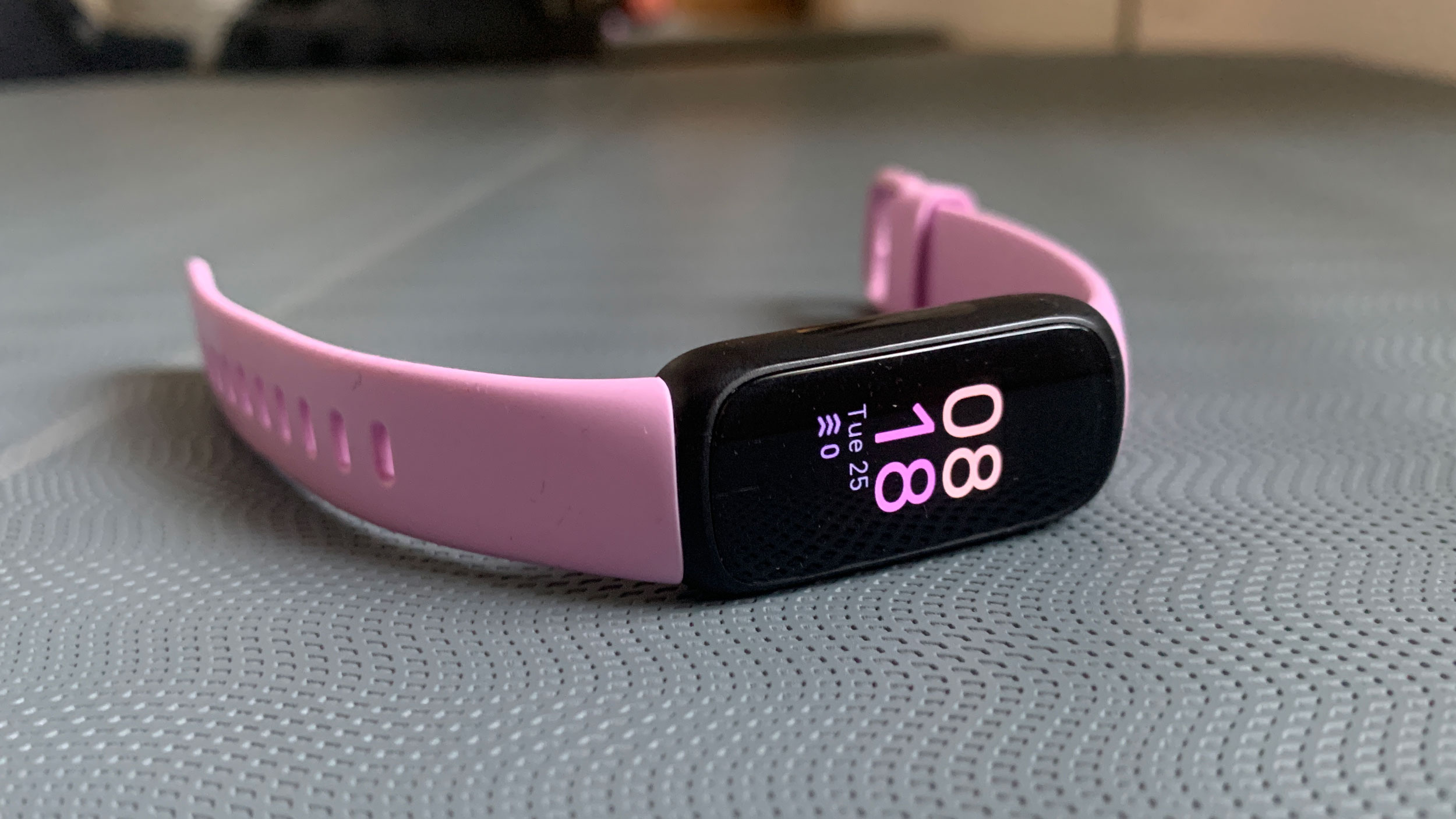Your now-useless Amazon Halo and lost Fitbit features are the start of a bad trend
The axing of Amazon Halo is a consumer rights issue – just like Fitbit

Following news this week that Amazon has decided to shutter its health-focused Halo division, your smart Amazon Halo and Halo View fitness trackers, along with the Halo Rise sleep tracker, will essentially become defunct, with no support or further updates coming from Amazon. An Amazon statement confirmed all devices will stop working in August. Although Amazon will refund any Halo device bought in the last year and unused prepaid Halo subscriptions will be refunded, it’s a kick in the teeth to Halo owners, who are left holding a now-useless plastic bracelet.
This isn’t the first time, even the first time this year, owners of connected wearable devices are getting the raw end of a deal. Fitbit, now in the hands of Google, has also decided to shutter popular features like Group Challenges and music support, leaving customers with devices that do not carry the features they were originally purchased with, and in many cases, were purchased for.
Although we at TechRadar love our gadgets, it’s not unconditional love: if something’s no longer a good deal for you, there’s no point in continuing to pay for it.
This is a consumer rights issue first and foremost. What Google and Amazon are doing is effectively moving the goalposts: you bought a device based on the fact it came with certain features, and after you bought it, those features have been changed or removed. We’re so pleased when features get retroactively added to our watches during updates, but we often forget those features can be removed remotely as well.
This is not just limited to wearables, but is happening in other smart tech spaces as well: we’ve recently reported on the fact Google appears to be killing off its range of Chromebooks in an act of self-sabotage. Phones, tablets, wearables, laptops, smart home devices – all connected devices could effectively be rendered inert by the manufacturer with a simple flick of a switch, and it’s time we remembered that.

Unfortunately, we’ve probably agreed to allow these manufacturers to do so already, just by purchasing a product. Amazon Halo’s terms of service, for example, states:
“We may change, suspend, or discontinue Halo Services, or any part of them, at any time without notice. We may amend any of this Agreement's terms at our sole discretion by posting the revised terms on the Amazon.com website. Your continued use of Halo Services after the effective date of the revised Agreement constitutes your acceptance of the terms.”
Fitbit’s terms of sale, unfortunately, are no better for the consumer:
“We make no representations as to the completeness, accuracy, reliability, validity or timeliness of any listings, descriptions or images… for any products or services available through the Fitbit Store. Such information and the availability of any product or service… are subject to change at any time without notice.”
As TechRadar’s Fitness, Wellness and Wearables Editor and a frequent Garmin user in my own time, one of my greatest wearables fears is that Garmin suddenly decides to lock some of its excellent Garmin Connect app behind a paywall, like Fitbit Premium. It would mean all my run data suddenly has to be sold back to me on a monthly basis. But the sad reality is that the manufacturer has all the power in this situation, and this could one day become reality.

If a product no longer performs as advertised, the one thing you can do is to vote with your wallet and your feet. Cancel any associated subscription services, leave, tell them why, and encourage others to do the same. Although we at TechRadar love our gadgets, it’s not unconditional love: if something’s no longer a good deal for you, there’s no point in continuing to pay for it.
That’s little consolation to out-of-pocket Halo users, and broken trust like this is hard to mend. You may never decide to buy another live-service fitness tracker again, and at this point, who could blame you? You might be tempted to just get a cheap Casio watch with a stopwatch and start timing your sprints and rest periods in the gym. After all, it’ll last for the better part of a decade, it’s probably a tenth of the price, and no one except you can turn it off.
Fitness trackers, the best sleep trackers, and the best running watches are still fantastic, performance-enhancing, potentially life-saving tools to help you monitor and improve your health and fitness. We’re not going to stop testing and reviewing them anytime soon, and every athlete, certainly every endurance athlete, can benefit from the information they impart. If you’re going to buy one, get one you can reasonably afford and do your research as best you can to ensure it’s a popular device that’ll be supported for a long time to come.
Just remember: we’ve been training for thousands of years without GPS watches. While you might need running shoes, weights, or fitness trackers to get the most out of certain disciplines, at its core, exercise is free. Scratch that: exercise is freedom. It’s one hour a day in which you’re not consuming content or being advertised to, but you’re creating something: a stronger, faster, healthier you.
You don’t need gadgets to work up a sweat. Moving your body is inherently punk, and never let anyone, not even Amazon or Google, take that away from you.
Get daily insight, inspiration and deals in your inbox
Sign up for breaking news, reviews, opinion, top tech deals, and more.

Matt is TechRadar's expert on all things fitness, wellness and wearable tech.
A former staffer at Men's Health, he holds a Master's Degree in journalism from Cardiff and has written for brands like Runner's World, Women's Health, Men's Fitness, LiveScience and Fit&Well on everything fitness tech, exercise, nutrition and mental wellbeing.
Matt's a keen runner, ex-kickboxer, not averse to the odd yoga flow, and insists everyone should stretch every morning. When he’s not training or writing about health and fitness, he can be found reading doorstop-thick fantasy books with lots of fictional maps in them.